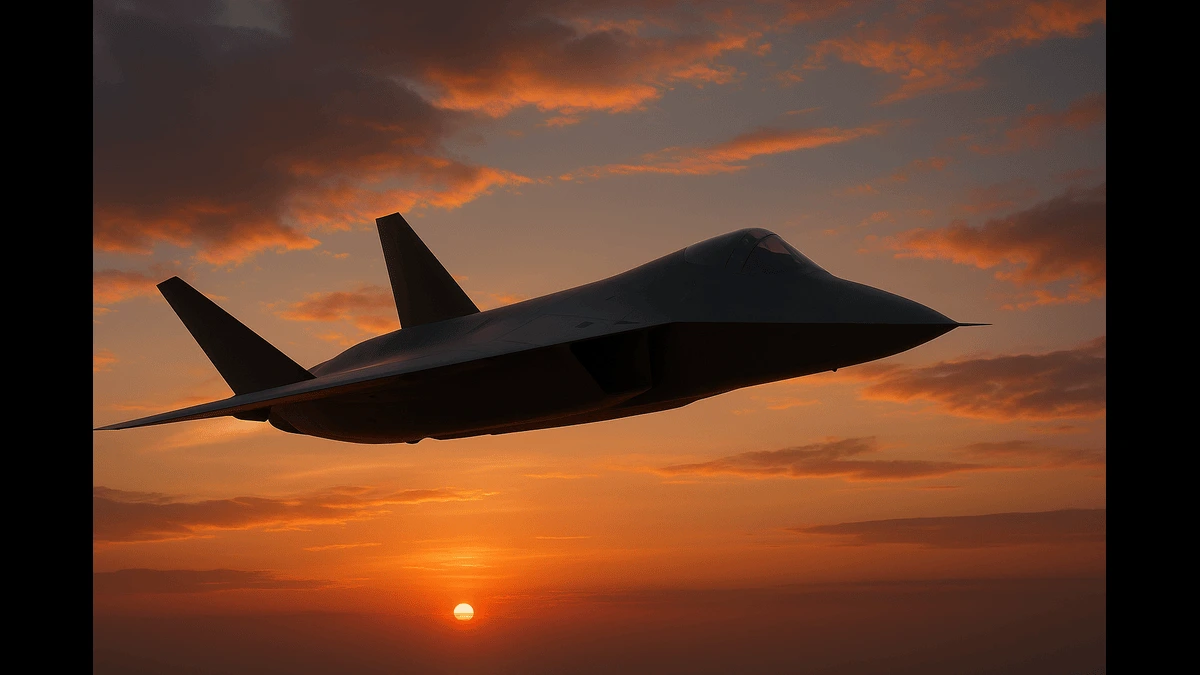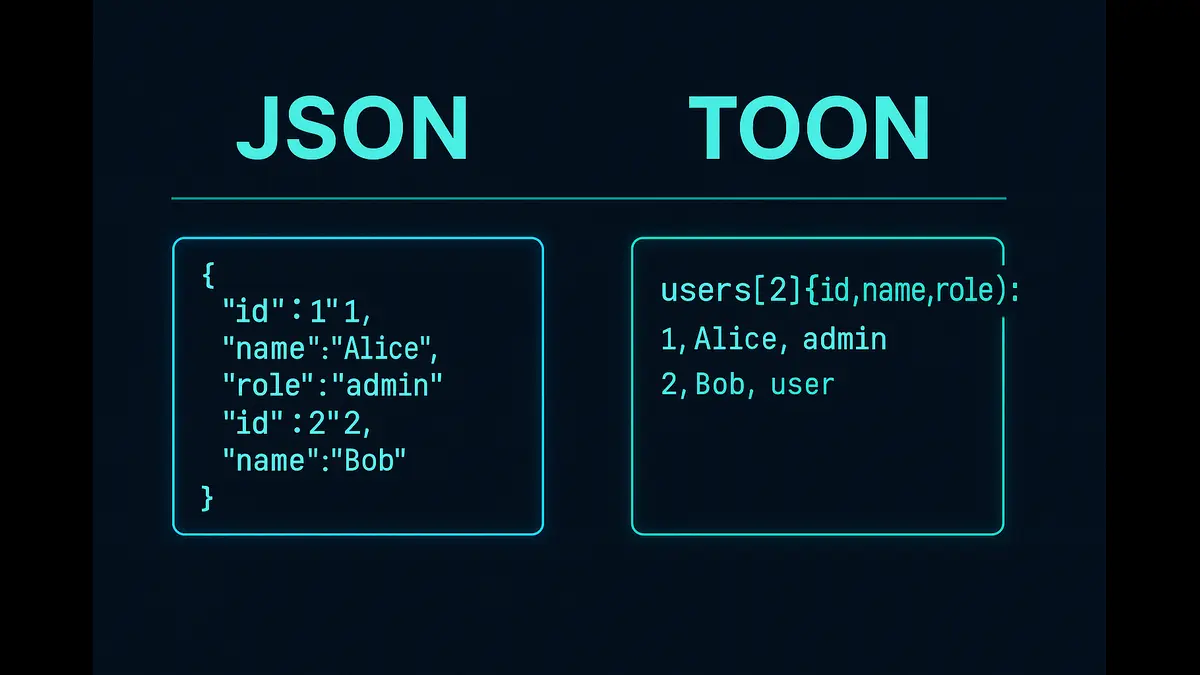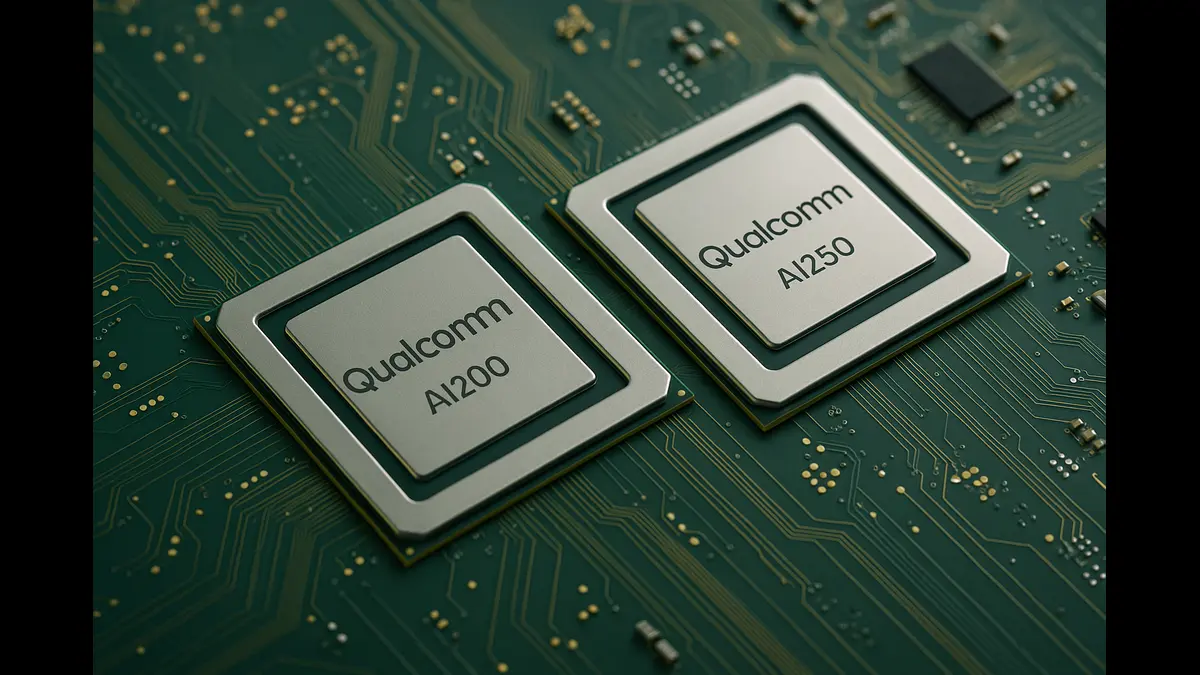
On March 21, 2025, U.S. President Donald Trump announced Boeing as the lead contractor for the F-47, the world’s first sixth-generation fighter jet under the U.S. Air Force’s Next Generation Air Dominance (NGAD) program.
Meant to succeed the Lockheed Martin F-22 Raptor, the F-47 integrates next-generation technologies designed to preserve U.S. air superiority in contested environments. This article explores the F-47’s core capabilities, the formidable technical and financial challenges it faces, and its potential to reshape global defense dynamics.
F-47 Capabilities: Redefining Air Combat
The F-47 sets new standards in military aviation, combining AI, stealth, speed, and collaborative combat systems to meet future threats head-on. Key features include:
Advanced Stealth (“Stealth ++”)
The F-47 features all-aspect stealth—reducing radar, infrared, and even acoustic signatures far beyond the F-22 and F-35. This next-gen stealth profile enables it to penetrate heavily defended anti-access/area denial (A2/AD) zones with minimal detection risk.
Collaborative Combat Aircraft (CCAs)
The F-47 isn’t flying solo. It operates with AI-powered autonomous drones like the YFQ-42A and YFQ-44A, which act as force multipliers by extending sensor range, providing decoy coverage, and delivering additional firepower. The Air Force plans to deploy over 1,000 such CCAs, each boasting a combat radius of over 700 nautical miles.
AI-Driven Sensor Fusion
Equipped with cutting-edge AI, the F-47 processes inputs from a suite of onboard and offboard sensors in real time. This allows pilots—or autonomous systems—to make split-second decisions across air, space, and cyber domains, vastly improving situational awareness.
Extended Range and Speed
With a combat radius exceeding 1,000 nautical miles and top speeds above Mach 2, the F-47 is built for strategic depth. Its range supports long-range strike missions without refueling, especially critical in the Indo-Pacific theater.
Modular, Government-Owned Architecture
Unlike the F-35, which suffered from vendor-locked sustainment systems, the F-47 employs a modular and government-owned architecture. This facilitates rapid upgrades and cost-efficient maintenance across the jet’s lifecycle.
Prototypes have reportedly been in classified testing for over five years, accumulating hundreds of flight hours. The U.S. Air Force plans to field over 185 F-47s by 2029, produced at Boeing’s St. Louis facility, which is being expanded through a $1.8 billion advanced manufacturing hub set to complete in 2026.
Technical and Programmatic Challenges
The transition from fifth- to sixth-generation aircraft is neither smooth nor cheap. The F-47 faces steep challenges across engineering, logistics, and program management.
Engineering Complexities
Variable-Cycle Engines
Next-gen propulsion is central to the F-47’s mission. Variable-cycle engines must deliver both high-thrust and fuel efficiency, requiring major breakthroughs in thermal management, materials science, and software control. Pratt & Whitney and General Electric are racing to deliver scalable, reliable systems.
Directed-Energy Weapons
The F-47 is expected to house laser-based defenses against incoming threats like missiles and drones. However, scaling such systems to airborne platforms—while managing power, heat, and safety—remains an unsolved engineering hurdle.
AI Integration
The seamless coordination between the F-47, CCAs, and battlefield systems demands sophisticated AI integration with minimal latency. Achieving secure, real-time fusion across multiple domains requires robust software frameworks and hardened cybersecurity protocols.
Stealth Materials
Maintaining stealth across broadband frequencies without sacrificing durability or ramping up maintenance costs requires next-gen composite materials and radar-absorbing coatings—many still under R&D.
Cost and Budget Pressures
With unit costs estimated between $160–$300 million, the F-47 could be up to 2x more expensive than the F-35. Boeing’s $20 billion Engineering and Manufacturing Development (EMD) contract is just the beginning—total lifecycle costs could eventually cross $200 billion.
The Air Force paused the program briefly in 2024 to assess long-term affordability amid other spending priorities, including the B-21 Raider stealth bomber and nuclear triad modernization. Controlling ballooning costs is vital for sustained political and public support.
Industrial Capacity Constraints
Boeing’s ability to concurrently develop the F-47 and the Navy’s F/A-XX program is under scrutiny. The Pentagon’s prioritization of NGAD mitigates some risk, but America’s aerospace supply chain still faces workforce shortages and critical material dependencies—especially semiconductors and rare earths.
Programmatic and Strategic Risks
The F-47 is targeting a 2029 fielding—ambitious when compared to the F-35’s 20-year timeline. Any delay in subsystems like engines, AI modules, or stealth components could push the F-47’s operational readiness into the early 2030s.
The shift to a government-owned architecture is meant to reduce reliance on contractors and enable flexible upgrades. However, this transition demands clear coordination between Boeing’s Phantom Works and Air Force acquisition units—a delicate balance of innovation and accountability.
Market Implications
The F-47 doesn’t just impact U.S. airpower—it sends shockwaves through global defense markets, reshaping partnerships, exports, and industrial competition.
Reviving Boeing’s Defense Portfolio
Following setbacks with the 737 MAX and other programs, this NGAD win breathes new life into Boeing’s defense business. The St. Louis manufacturing base will be a major jobs engine, leveraging AI-driven production methods and digital twin modeling. This contract also diversifies U.S. defense reliance away from Lockheed Martin.
Export Potential and Allied Partnerships
Unlike the F-22 Raptor, which was export-restricted, the F-47 may be offered in downgraded configurations to key allies like Japan, Australia, and NATO countries. Export variants would likely reduce stealth and AI autonomy, safeguarding core U.S. technologies while enhancing allied airpower.
Joint development or co-production—especially with Japan’s F-X or UK-Italy-Japan’s GCAP programs—could reduce costs and improve interoperability in coalition warfare scenarios.
Competition: U.S. vs. China and Russia
The F-47’s closest global rival is China’s rumored J-36. While advanced, the J-36 lacks the F-47’s mature modular design and drone teaming capability. Russia’s MiG-41 remains largely aspirational, hindered by sanctions and manufacturing deficits.
Still, China’s rapid aerospace advances—and potential J-36 exports to Pakistan and others—may challenge U.S. dominance in Asia and the Middle East. The F-47, therefore, isn’t just a technical leap; it’s a strategic hedge.
Economic and Strategic Value
The F-47’s impact stretches beyond the battlefield:
Technological spillover: Advancements in AI, composites, and propulsion will likely benefit civilian aerospace and electronics sectors.
Strategic deterrence: Its ability to operate deep inside A2/AD zones (like those around China’s coastlines) ensures U.S. freedom of operation in potential flashpoints.
Affordability by design: A modular system should offer lower long-term sustainment costs than the F-35, which remains plagued by high maintenance expenses.
Flightpath to the 2030s
The F-47 is the most ambitious air combat platform of the 21st century—designed not just to fly, but to dominate a multi-domain battlefield.
If Boeing can navigate the engineering minefield, industrial bottlenecks, and political pressures, the F-47 will serve as the cornerstone of U.S. air dominance through 2040 and beyond.
As AI warfare, drone swarms, and contested space become the new normal, the F-47 isn’t just another fighter—it’s a flying command center, a data node, and a deterrent wrapped into one.
Discover more from Poniak Times
Subscribe to get the latest posts sent to your email.







